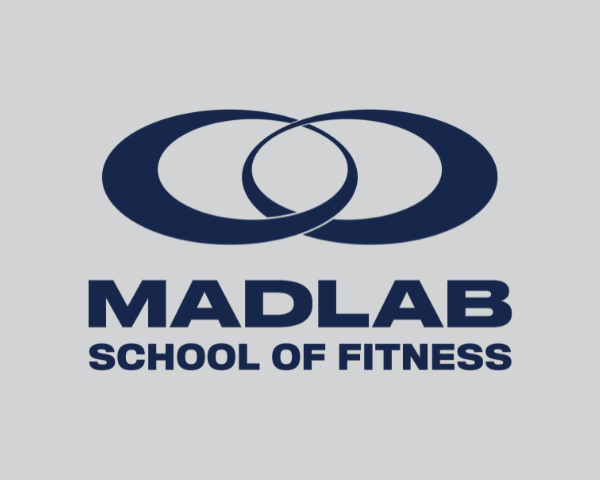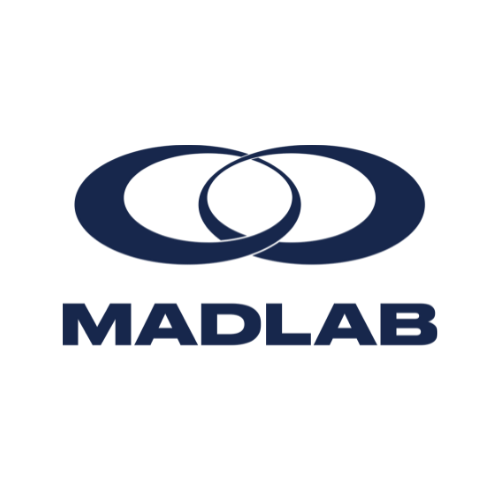OPTIMIZING YOUR CLIENT DEVELOPMENT PROCESS.
Who wouldn’t want professional coaches earning professional wages that never leave your facility?
Every gym owner we have ever met wants that, so why are there so few professional coaches out there?
One major reason is the coach compensation program is all wrong at most fitness facilities. Most coaches get paid by the hour or by the class, while others get paid by the hour and then are “topped up” via a 4/9th percentage of revenue compensation system.
Another reason is the lack of a comprehensive coach development process that teaches coaches how to sell, retain clients, and ultimately make money.
In short, for the coach compensation and coach development processes to work, you need a client development process that produces:
High average client value - Low churn
In other words, you need clients paying you money and sticking around—pretty common sense.
So what does a great client development process look like that allows for all this to happen?
Here are the keys:
Each client needs their own personal coach:
We have discovered that great service for the client means they each have their own personal coach in their corner looking after their wants and needs. From the coach end, this provides an opportunity for them to act as entrepreneurs and build their own book of clients and a professional wage (with no ceiling on their earning potential).
Client Consult:
One coach, one client (and by appointment only). A client’s first day at your gym needs to be done in a one-on-one setting with a coach. Why? Because for clients to stick around for the long-term, they need a relationship with a coach. In other words, you need to sell a relationship rather than just a hard workout. And it’s impossible to develop this relationship in a group introductory class with 10 other people.
Three-Day Assessment:
Everyone is different. Some will need 12 personal training sessions before they’re prepared to begin their hybrid membership, while others may need 25. A three-personal training session assessment is a great way to screen your client’s movement patterns, fitness level, strengths and weaknesses etc., to give them a better idea of what is required during fundamentals to prepare them for an eventual hybrid membership.
Fundamentals:
One-on-one personal training. After the three-pt assessment, clients continue with one-on-one fundamentals until they’re physically and emotionally competent to move forward to a combination of group classes and periodic sessions with their coach.
Hybrid membership:
Once the client is through fundamentals, the client begins combining group classes and one-on-one personal training, or lifestyle consults, with their personal coach (generally once every six weeks). In some circumstances, they may also require individual program design (the amount of personal training/consults depends on the client’s wants, needs and budget).
Specialty programs:
Offering specialty programs, such as a weightlifting class or mobility, is another great way to provide upgraded service to your clients, especially those with specific weightlifting or mobility goals, for example.
Events:
Though the coach-client relationship is imperative for client retention, community events are another crucial way for clients to feel a part of something bigger—a part of a community of friends that feel like family.
Why is this client development process crucial for the coach to earn a professional wage?
In short, coaches need to sell and deliver a high-value service with a high enough average client value and a low enough churn rate for the coach to make $80,000+ a year.
The current industry standard of group OnRamps and then $135 a month for group class memberships, with some personal training “, upsells” paid out at 4/9ths, will never cut it. The average client value here is too low, and the churn rate is too high.
The old status quo has failed the coaches for over 30 years.
It is time for a new one that works. The Madlab Model
Where did this model come from?
It has come from our experience working with hundreds of gyms in the last 12 years and were corroborated by a study we did in conjunction with Zen Planner in 2015 that looked at 1,600 gyms and considered client retention and average client value (the two most important metrics for any gym business).
Menu
Contact Us
1980 Clark Drive
Vancouver, BC Canada
V5N 0A9
info@madlabbusiness.com
Follow Us

Copyright © 2023 Madlab Business. All Rights Reserved.

